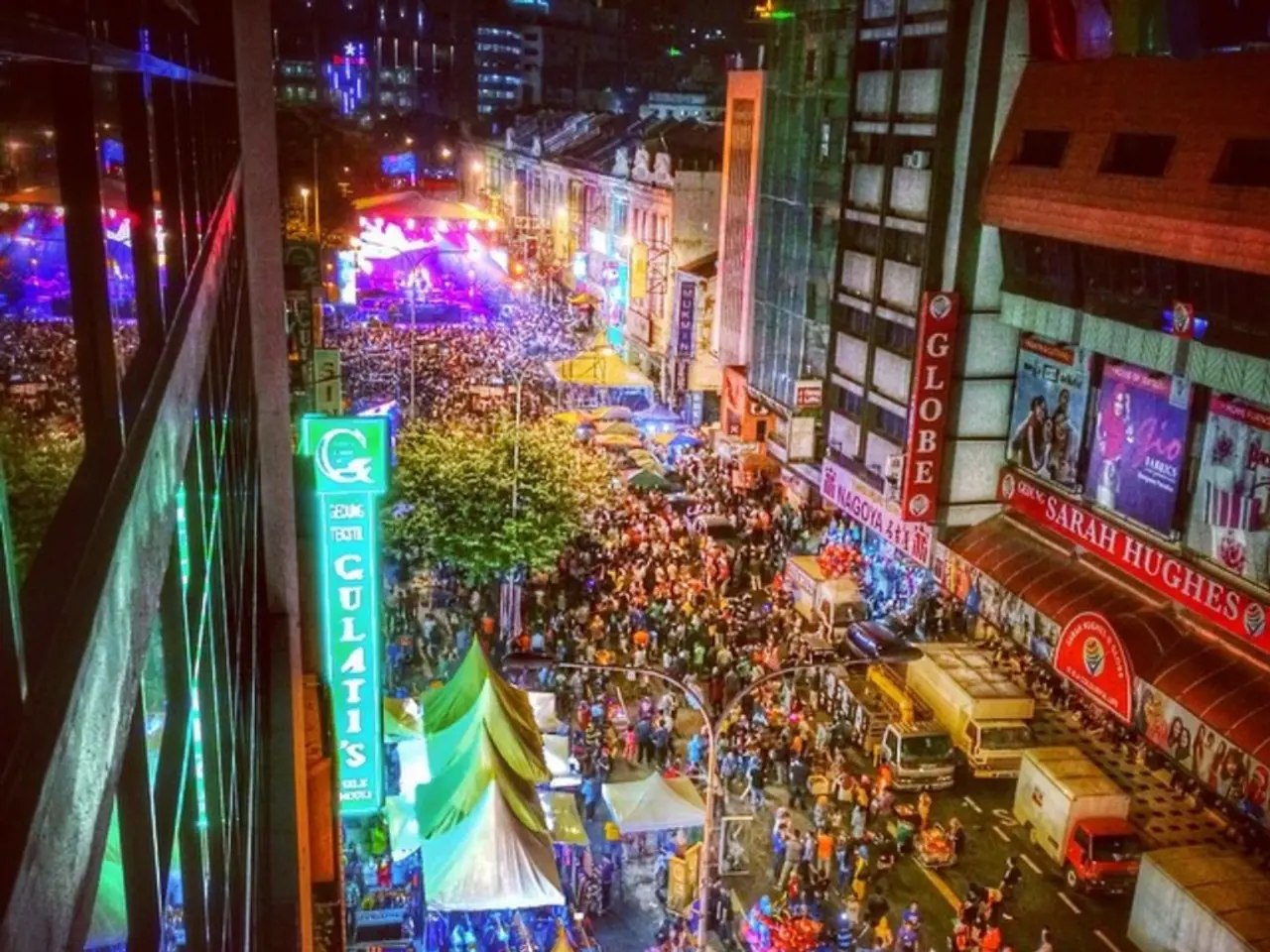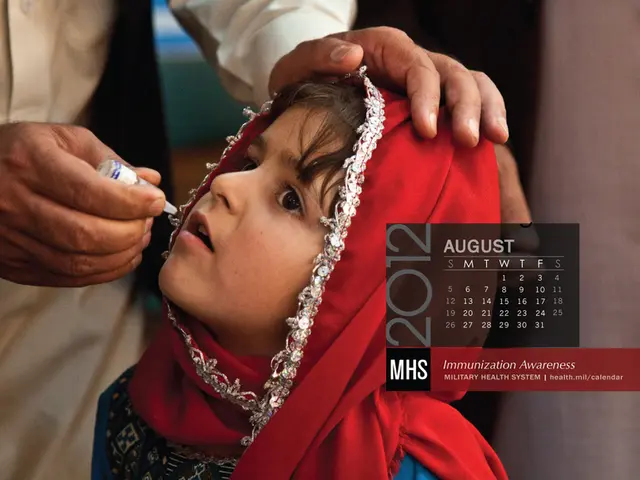Festival celebration guide for Xico's rowdy, multi-week La Xiqueñada event
In the heart of Mexico, nestled about a half hour from Xalapa's urban center, lies the enchanting Pueblo Mágico of Xico. Here, the annual Xiquenada festival unfolds, a celebration steeped in history and rich in cultural diversity, dating back to 1853 and honouring Saint Mary Magdalena.
The festival, now a distinctive part of Xico's identity, features a street capea and bullfighting events, parades, traditional foods like mora (fermented berry wine) and pan de huevo (egg-brushed, sweet bread rolls), and altars adorned with offerings within homes. The capea, where young bulls are released into the streets amid men who distract them, remains the most distinctive but controversial part of the festival.
The festival's origins are deeply rooted in regional culture, merging indigenous, Spanish colonial, and Catholic traditions. It is a spectacle of communal festivities, attracting hundreds of children and adults from the town's various neighborhoods and surrounding areas during nonstop parades.
The Xiquenada's grandeur is further accentuated by the creation of "tapetes" - intricate works of art formed with naturally dyed sawdust arranged in floral patterns along the streets. The festival is a way of life for many in this part of the state, an entire economy unto itself, and a rite of passage for certain participants.
Amidst the festivities, the cowbells worn by participants during the parades are said to ward off negative spirits and represent the provincial pride of the people. The festival concludes with a local version of bullfighting, where 18 bulls are transported into the town's center.
However, it is important to note that no weapons, objects, or harassment of the bulls are allowed during the festival. This reflects the ongoing cultural debate between preserving tradition and addressing contemporary ethical standards regarding animal welfare in Mexico.
The Xiquenada is not just a celebration; it is a significant economic boost for local foodmakers, business owners, and artisans. For instance, El Meson Xiqueño, a restaurant on Hidalgo street, has been hosting La Xiquenada events for more than 30 years.
In the words of Alan Chazaro, the author of "This Is Not a Frank Ocean Cover Album," "Piñata Theory" and "Notes From the Eastern Span of the Bay Bridge," currently based in Veracruz, the Xiquenada encapsulates the spirit and essence of Mexico's rich cultural tapestry. The festival, with its majestic locale, distinct local cuisine, and Texolo Falls, offers a unique glimpse into the heart of traditional Mexican culture.
[1] Source: https://www.mexiconewsdaily.com/news/xiquenada-festival-controversy-tradition-and-culture/
- The annual Xiquenada festival in Xico, Mexico, honors Saint Mary Magdalena and showcases traditional foods like mora and pan de huevo, as well as altars adorned with offerings.
- The capea, where young bulls are released into the streets amid men who distract them, is a distinctive but controversial part of the Xiquenada festival.
- The Xiquenada's grandeur is further accentuated by the creation of "tapetes" - intricate works of art formed with naturally dyed sawdust arranged in floral patterns along the streets.
- Cowbells worn by participants during the parades are said to ward off negative spirits and represent the provincial pride of the people.
- El Meson Xiqueño, a restaurant on Hidalgo street, has been hosting Xiquenada events for more than 30 years, contributing to the festival's significance as an economic boost for local businesses.
- The Xiquenada encapsulates the spirit and essence of Mexico's rich cultural tapestry and offers a unique glimpse into the heart of traditional Mexican culture, according to author Alan Chazaro.




